- Home About us
Telecom SudParis’ Strategic Plan for Ecological and Societal Transition
In the context of increasingly serious environmental and societal challenges, Telecom SudParis is resolutely committed to playing an active role in the transition to a more sustainable future. This document defines our strategic roadmap for planning concrete actions that will effectively integrate the principles of sustainable development and social responsibility into all our activities.
Vision and Strategic Objectives
VISION
Our vision is to be a beacon of excellence in digital engineering by making transition and social responsibility central to our institutional identity. We aspire to train a new generation of engineers who are conscious of their impact on the planet and society and capable of pursuing responsible innovation for a better world.
Objectives
1. Integrate transition in our academic programs
We will enhance our academic curricula by integrating specific modules on transition and social responsibility, thus ensuring that our students acquire the scientific skills and expertise needed to address contemporary challenges and contribute to the development of a diverse, responsible and sustainable digital society.
2. Promote research and innovation for sustainable digital technology
We will actively support research projects aimed at solving digital environmental challenges, while encouraging the creation of innovative and sustainable solutions.
3. Strengthen social and gender diversity
We will implement inclusion policies and support programs to ensure balanced representation among our student community and faculty.
4. Develop partnerships with stakeholders committed to transition
We will work with companies, non-governmental organizations and academic institutions that share our values to develop joint sustainable development initiatives.
5. Reduce the school’s carbon footprint
We are committed to making Telecom SudParis campuses models of sustainability, investing in environmentally friendly technology, and reducing our overall carbon footprint by changing our transport policy and energy and digital uses.
Strategic priorities
Education
We are committed to achieving our educational goals by increasing our recruitment efforts to attract diverse and talented students, enhancing our academic programs by integrating specialized modules on transition, and introducing financial support initiatives to ensure accessibility for all.
Research
In keeping with the five “Planet” Sustainable Development Goals included in the UN Agenda 2030, we will prioritize research projects with a focus on transition to improve the impacts of digital technology by encouraging the inclusion of the principles of energy efficiency, Green IT and Human IT. We will also promote interdisciplinary collaboration to take a holistic approach to these issues, while actively seeking funding to support our research initiatives.
Innovation and Economic Development
We will build strong partnerships with companies to develop more sustainable technology systems, support entrepreneurial initiatives through mentoring and funding programs, and improve our infrastructure to encourage innovation and responsible business creation.
Internationalization
We will strengthen our international dynamic by promoting student and researcher exchanges with our partner institutions around the world. We will also adapt our academic programs to attract high-level international students and strengthen international collaboration with institutions committed to best practices in sustainable development.
Sustainable Development and Social Responsibility
We will integrate the principles of sustainable development and social responsibility in all our activities, support student projects that promote citizenship, culture, prevention, solidarity and sustainable development, guide research and innovation towards finding sustainable solutions to current challenges, and lead by example by implementing sustainable practices on our campus.
Monitoring and Assessment
We will establish a monitoring committee including representatives of all those involved (students, research professors, administration). The committee will carry out annual surveys to assess the perception and effectiveness of the measures introduced. It will publish an annual progress report for the Strategic Plan. These regular assessments will allow us to adjust our strategies to better serve our mission of societal influence.
Conclusion
Telecom SudParis’ Strategic Plan for Ecological and Societal transition reflects our commitment to a better future. By taking a holistic approach and implementing concrete actions, we are determined to play our part in building a fairer and more sustainable society.


 Open to men’s singles, it welcomes around 200 participants each year, including players ranked between 300th and 500th in the world professional tennis rankings (ATP).
Open to men’s singles, it welcomes around 200 participants each year, including players ranked between 300th and 500th in the world professional tennis rankings (ATP).


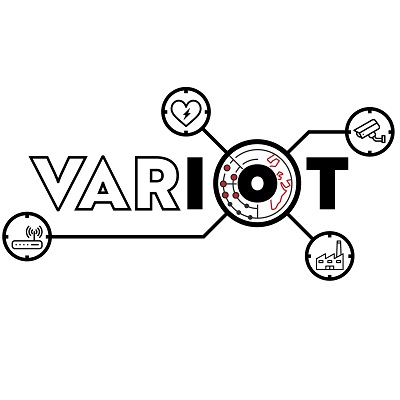
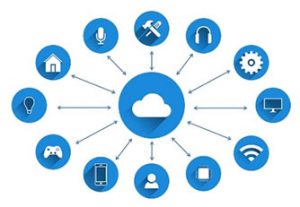

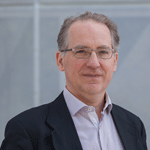
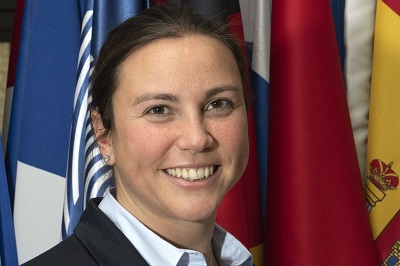


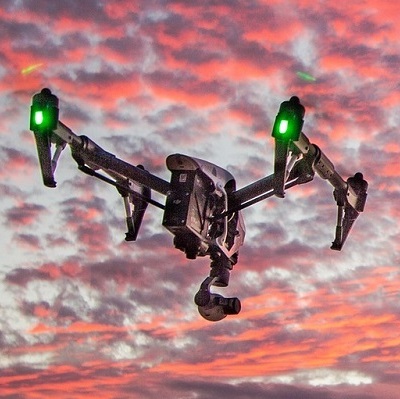

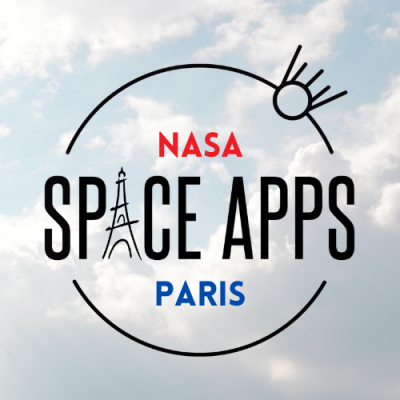

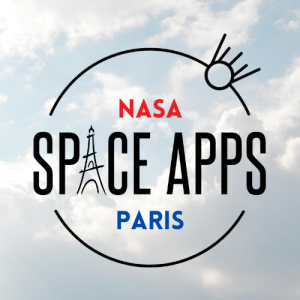
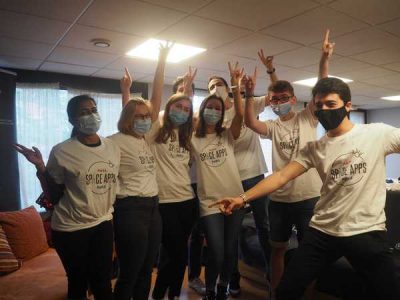


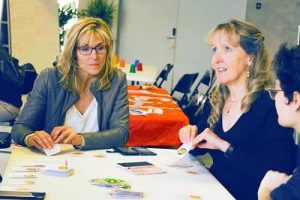
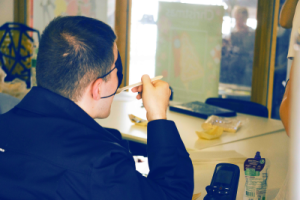
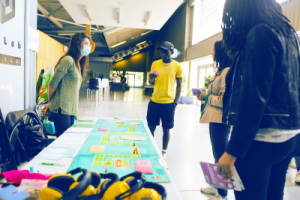
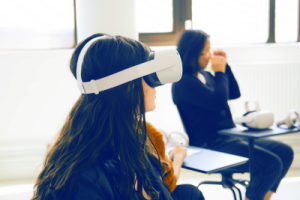
 In recent years, France has stepped up its efforts to promote
In recent years, France has stepped up its efforts to promote  “People with a disability have their role to play in these engineering professions, within research and development teams, for example”
“People with a disability have their role to play in these engineering professions, within research and development teams, for example”